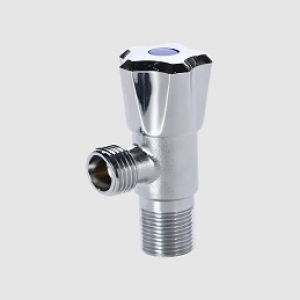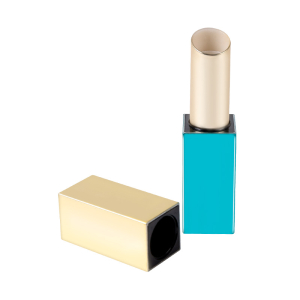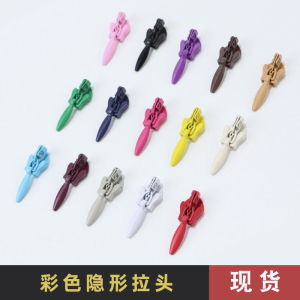Water conservation is a critical issue in today's world, and tap valves play a significant role in this effort. By understanding the various parts of a tap valve and how they work together, we can better appreciate their contribution to water efficiency.
The valve body is the foundation of the tap valve, providing a durable and leak-free environment for the other components. It is designed to withstand varying water pressures, ensuring that water is delivered efficiently without waste. The handle, which is the user interface, allows for precise control over the water flow, enabling users to turn the tap on and off with ease.
The stem is a critical link between the handle and the internal mechanisms of the tap valve. It transfers the user's input to the cartridge, which is responsible for the actual control of water flow. The cartridge's design can significantly impact water usage, with some models featuring water-saving features that reduce the flow rate without compromising performance.
The washer is a small but vital component that ensures a tight seal, preventing water from leaking out. A well-functioning washer not only conserves water but also helps maintain water pressure, ensuring that the tap delivers water efficiently.
By selecting tap valves with water-saving features and maintaining their parts properly, homeowners and businesses can contribute to water conservation efforts and reduce their environmental footprint.






